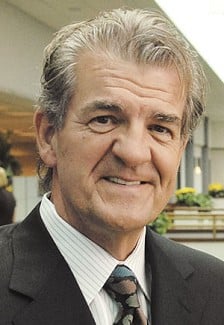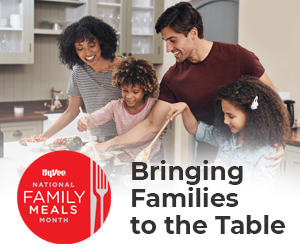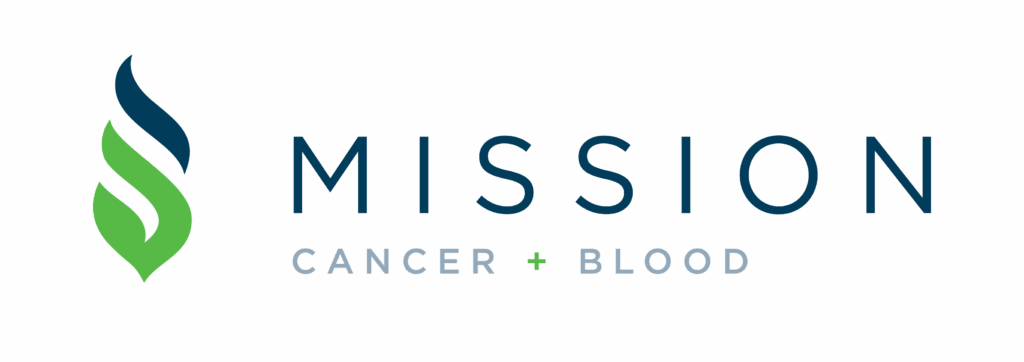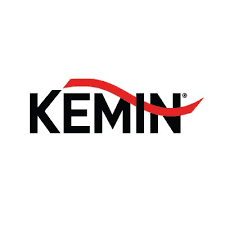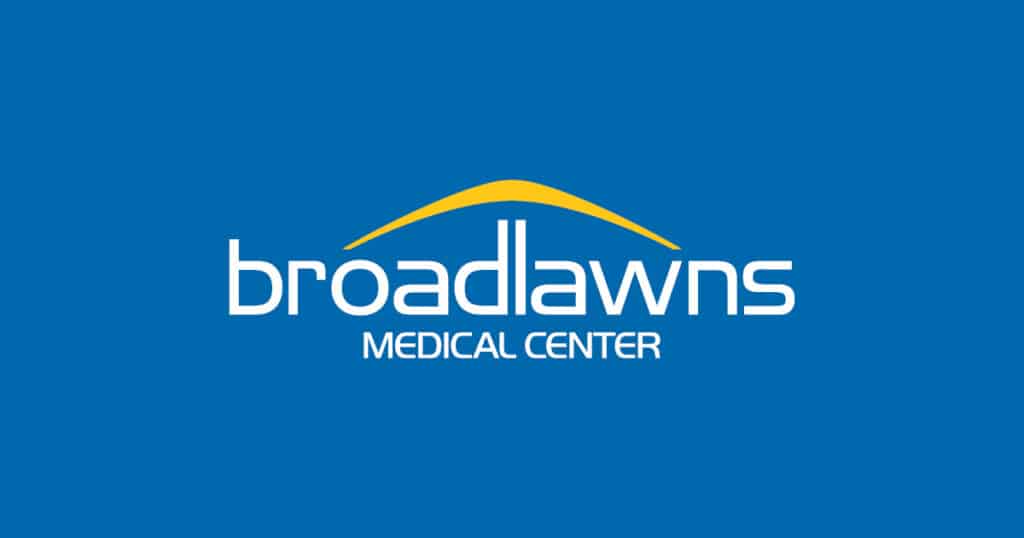Jurgens: Blue Zones competition has ‘no winners and losers’

Though no Greater Des Moines city will compete to become one of the initial Blue Zones communities, Des Moines will nevertheless “play a pivotal role” as the Healthiest State Initiative moves forward, said Ric Jurgens, CEO of Hy-Vee Inc. and co-chair of the Healthiest State Initiative.
The goal of the Blue Zones project – named for areas of the world where residents live the longest – is to demonstrate ways in which changes in a community’s environment can lead to more healthful choices for its residents. Led by health insurer Wellmark Blue Cross and Blue Shield, Blue Zones is part of the Healthiest State Initiative, a statewide program announced last fall with the goal of making Iowa the healthiest state in the nation. According to the Gallup-Healthways Well-Being Index, Iowa ranks 19th among the states in overall well-being, down from seventh in 2009.
Seven Greater Des Moines cities – Altoona, Ankeny, Des Moines, Indianola, Johnston, Norwalk and West Des Moines – were among 84 Iowa communities that submitted statements of interest in the Blue Zones initiative. From that list, the Blue Zones committee invited 58 communities to submit full applications. Des Moines was the only Greater Des Moines community among 54 that completed applications, but was not among the 11 finalists chosen.
Late this month, a project team will begin visiting each of 11 communities that were announced on Feb. 10. Three communities will be selected to serve as demonstration sites for the project.
Given Des Moines’ status as a headquarters city for many major employers as well as state government, it’s clear the community will play a pivotal role in the initiative, Jurgens said.
“We’re obviously very excited about the entire Healthiest State Initiative, and Blue Zones is a critical part of that,” he said. “There will be no winners and losers in the Blue Zones initiative; this is an effort to help all cities in Iowa become some of the healthiest places in the world.”
Laura Jackson, executive vice president of Wellmark Blue Cross and Blue Shield, emphasized that there will be two more selection rounds within the next three years to complete the list of 10 demonstration communities.
A second round of applications for demonstration communities will probably begin this fall after the initial demonstration sites begin their work. “In the first three years, we’d like to have all 10 demonstration sites up and running,” she said. “So the faster and the better we spread it, the more likely the result will be that we’re a healthier state.”
Because of the considerable interest expressed, cities with fewer than 10,000 residents will be considered separately to receive assistance in addition to the 10 demonstration communities.
“We saw a distinct difference in communities with populations of less than 10,000,” she said. “We can tell from the applications that the smaller communities will be able to do this more quickly.” In March, Wellmark and Healthways Inc. will announce a list of smaller communities that have been selected for site visits, she said.
Jackson said those communities won’t technically be considered demonstration sites.
“We’re saying that if you’re a smaller community, it’s not a matter of if, but when, we will help you,” she said. “We’re trying to figure out how to deploy the resources in the most expedient way.”

